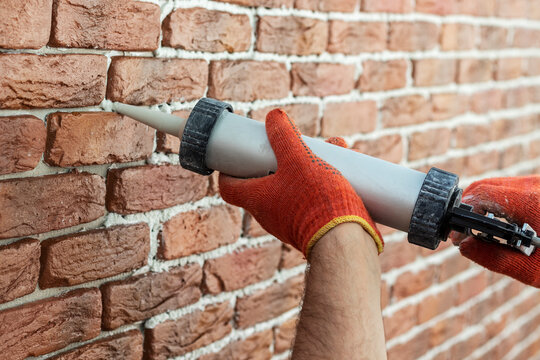Gaining Expertise In Brick And Mortar Repair

The unassuming but necessary mortar that holds our bricks together is a frequently-overlooked hero in the never-ending story of renovating and maintaining our homes. Although sturdy, brick mortar is subject to the harsh effects of time and the environment, requiring a sophisticated knowledge of restoration methods. The nuances of brick mortar repair require attention, whether you're a watchful homeowner hoping to maintain the beauty of your house or an experienced contractor hoping to master the craft of restoration. This thorough guide reveals the layers of knowledge, providing advice, best practices, and step-by-step instructions to guarantee that your brickwork not only endures the test of time but also serves as a monument to painstaking craftsmanship and timeless beauty. Come along on this trip through the intricate craft of repairing brick and mortar, where every application is a brushstroke that preserves the narrative inscribed in the material.
Brick mortar restoration is a trade that combines pragmatism and artistry to make sure a building is both aesthetically pleasing and resilient to the elements. It is possible to go on a journey to maintain the essence of brickwork, an art that seamlessly integrates the past, present, and future of architectural brilliance, by comprehending the subtleties of the restoration process, from evaluation to final touches.
Guides & Tips
Assessment and Inspection
Make sure you evaluate the existing mortar thoroughly before beginning any repairs. Check for fractures, deterioration, or spaces between bricks. Keep an eye out for mortar color and texture mismatches, since they might detract from the overall effect.
Selecting the Right Mortar Mix
An essential part of the restoration procedure is selecting the right mortar mix. Make sure the composition, color, and texture of the new mortar blend in with the old. Think about the particular requirements of your project, whether it's a modern building or a historical restoration, as different mortars work better for different uses.
Preparing the Surface
An effective mortar restoration starts with careful planning. Remove dust, dirt, and any loose or broken mortar from the area that has to be repaired. For bigger tasks, use a specialist mortar rake or a stiff brush. Before adding the fresh mortar, make sure the surface is wet but not soaked.
Mixing and Applying the Mortar
To mix the mortar, proceed as directed by the manufacturer. Maintaining consistency is essential; the mortar should be workable but not too damp. Apply the mortar to the joints using a pointed trowel, pushing down hard to provide good adherence. Be mindful of the joint depth since improper filling might result in unsightly and structural problems.
Tooling and Finishing
To get a clean, consistent surface, tool the mortar joints. For this kind of work, traditional equipment like jointers and pointing trowels are frequently utilized. When choosing the finish, take into account the building's architectural style to determine if you want a concave, flush, or worn look.
Curing and Protection
Give the repaired mortar the appropriate amount of time to cure without being disturbed. While the region is healing, shield it from bad weather in the freshly restored area. This might entail using moist burlap or plastic sheets to cover the work area.
Maintenance and Future Care
Check your brickwork frequently for indications of deterioration. As new problems arise, take quick action to stop the harm from getting worse. Maintaining the structural integrity of the mortar and its lifetime can also be facilitated by periodic cleaning and resealing.